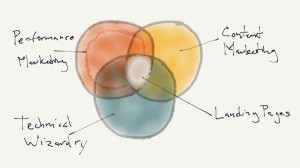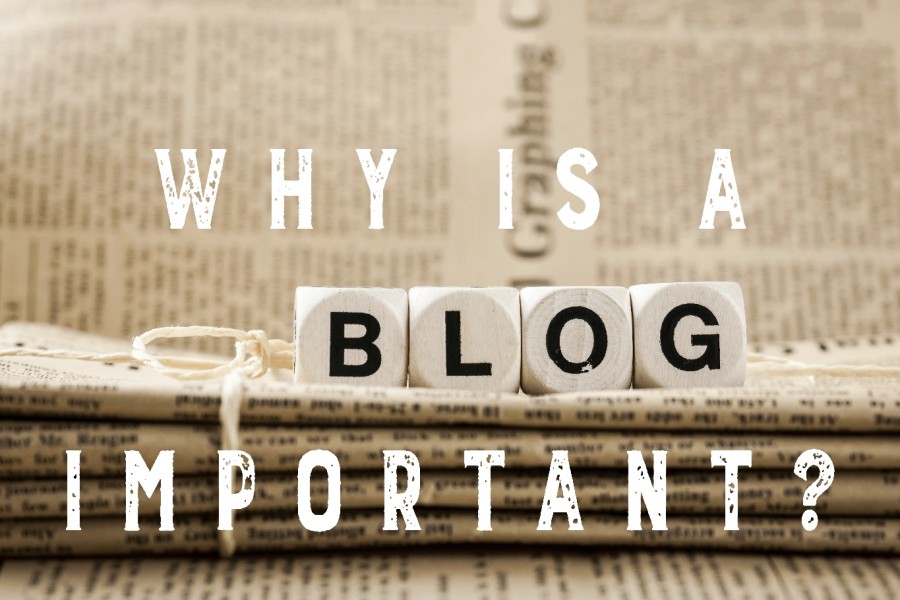The traditional marketing model taught in business schools is changing as companies demand a return on their advertising dollars. A marketing budget can be a huge portion of a company’s overall expenses, so it pays to be smart about the use of those dollars. Performance marketing fits this need well. Traditional ads consisted of content displayed to a particular market, usually very broad and deep. The ads provided information around a product or service and were used to inform the market of the offerings. Creating a demand for the product or service became a goal of the content and success was measured by the number of orders taken and fulfilled. In this model, it could be a challenge to determine which ads were really effective and what market was most influenced. It is also often expensive.
Performance marketing is a process through which businesses pay for the results from the ads instead of just the physical presence of the ad itself. This creates more of an incentive for advertisers to create ads that generate business since they only benefit when they do. There are various ways these ads are measured as effective such as the number of clicks, amount of revenue generated, the number of signups or registrations collected and the number of viewers converted into paying customers.
into paying customers.
The writer of content must keep these goals in mind when creating an ad. No longer just an information tool, performance marketing ads target a specific action from the viewer. Perhaps the action is to go to the website and view more information about a product or service. It could be to get the viewer to sign up for a newsletter, download an eBook or purchase a future-dated product such as travel or a workshop.
These types of performance marketing ads are called cost-per-acquisition. The business pays only on the occurrence of the desired user action. Critical for this kind of ad is being smart enough to target the right market at the right time. Knowing the search styles and history of an individual allows the appropriate ads to be displayed in the side panel, pop-up or banner when the action is most likely to happen.
An ad that signs up people for a political newsletter is more effective when shown to people who have done searches on politically related topics. People searching online for healthcare information are candidates to see ads about insurance. It can be more beneficial to show ads about late-night entertainment spots to a person on a Friday afternoon than on Monday morning. The advertiser uses various tools to determine to whom these ads are shown and when to display them.
The cost-per-lead approach is specific to getting people to sign up for a newsletter, subscription, tip sheet, email list or any other vehicle which provides a company with prospects for new customers. Example ads might be a travel tip sheet offered to people searching for cruises or a car care newsletter shown to people shopping for a new car. When creating such ads, the writer is concerned with first creating consumer interest by offering something of value which creates a lead and drives the viewer into a closer engagement with the business. People are less likely now than before to add their name to a mailing list to receive more information; however, they may gladly give their email address to download an article called “10 ways to save big bucks on your next cruise.”
A content writer for performance marketing ads needs to know something about the product and service. They also need to understand something about how people search, what drives people to seek out more information, how people view the value of information and what makes a customer consider one company over another. This is a good time to be a Web content writer. The need to create quality content is no less than before. If anything, the demand for flexible writing styles that can adapt to the particular type of ad is higher than ever.

























Leave a Reply